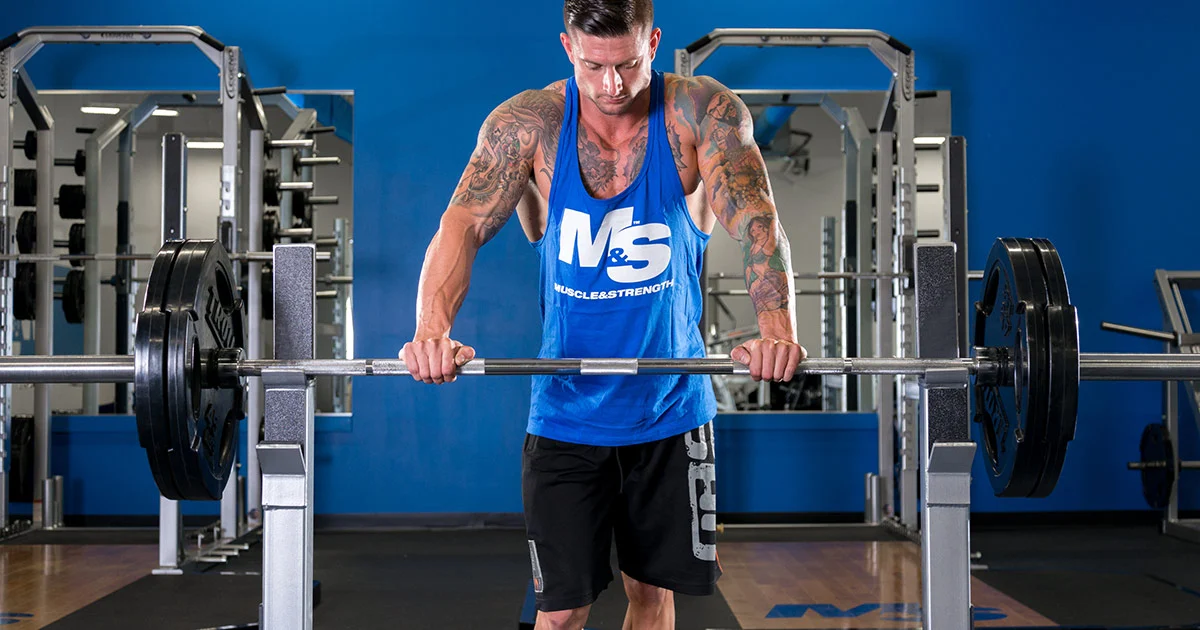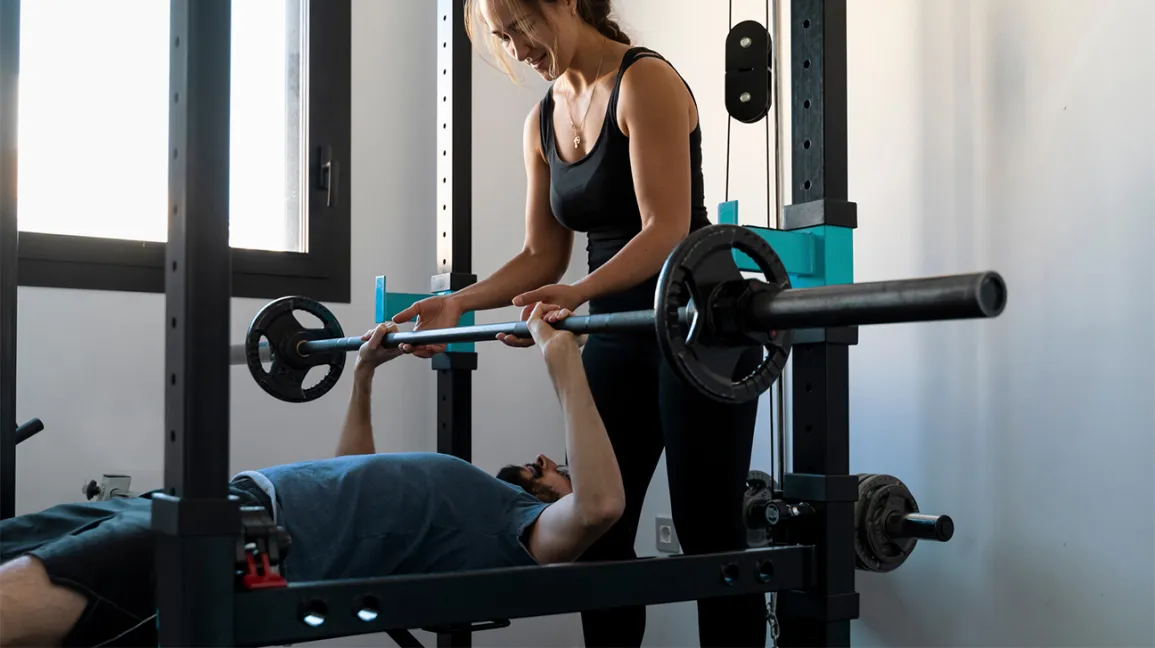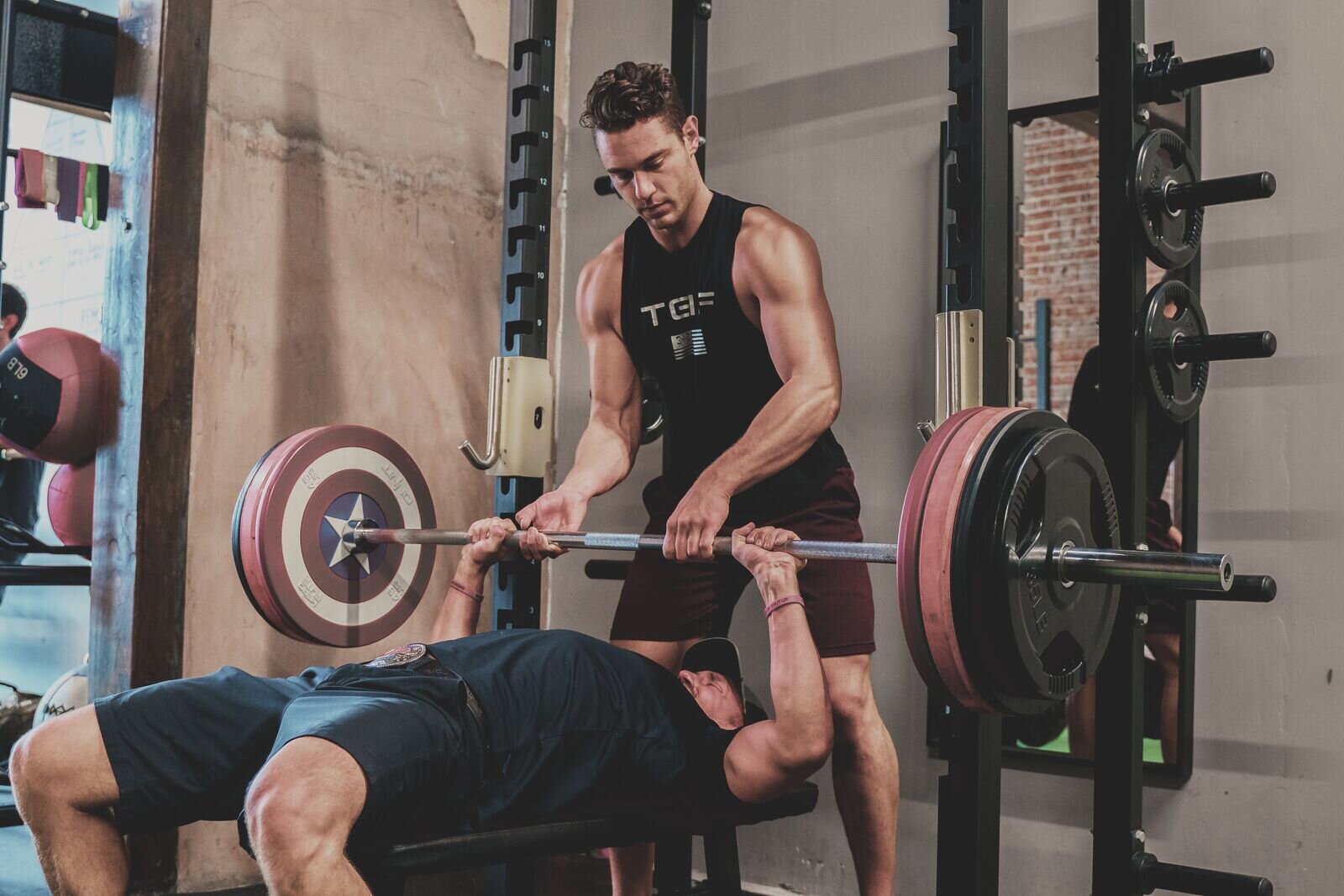How Much Does a Bench Press Bar Weigh? (7 Types of Weight Lifting Bars)
How Much Does a Bench Press Bar Weigh? That depends on whether you’re using an Olympic-sized bar or a conventional bar (also known as a regular bar).
The lighter of the two, a conventional barbell can range in length from 5 to 6 feet and typically weighs between 15 and 25 pounds.
The conventional barbell comes in a variety of types and models, which is why I said “usually.” The bench press bar’s (barbells) construction material is comparable.
They composed most barbells of cast iron, although some are also made of stainless steel.
Olympic barbells are regulated to be 45 pounds and 7.2 feet long for men and 33 pounds and 6.6 feet long for women.
How Much Does a Bench Press Bar Weigh?

You’ll find that there are many variants of barbell weight. ranging from the common bar you’ll find on the weight bench at your neighborhood gym to specialty barbells like the Swiss bar.
Because of this, it’s crucial to explore other options when choosing your next bar instead of just the weight bench.
The weight of a bench press bar varies widely, but a 45-pound bar is typically used for this exercise.
Are All Bench Press Bars 20 Kg?
Depending on the objectives and demands of the exercise, different weights of barbells are available.
weightlifting bars 20 kg This is because end users find this bar most helpful because they may use it for a variety of popular gym routines.
Given that, it is the bar that is most frequently utilized on the gym floor.
Although 20kg is frequently used, in weightlifting, we can weigh bars at 10kg, 15kg, or 20kg for the Olympic competitions.
Not many businesses offer services to all three, but some do. These bars can be difficult to differentiate from one another.
But varying levels of knurling, length, and thickness can typically distinguish them, and occasionally by the weights of the bar stamped into the end.
How Heavy is Empty Bar?

The actual weight of the barbell may differ slightly depending on the manufacturer, collars used, etc.
Unless you’re competing in the Olympics or any other officially recognized weightlifting competition.
The standard/universal Olympic bar weighs 20 pounds and is 45 pounds.
How Much Should I be Benching?
About, 90% of the body weight should be able to be pressed by the average man. The formula is broad but straightforward.
The average weight you should be able to bench if all other parameters are average is bodyweight x. 90.
You may get a rough idea of how much you should be able to bench using this calculation.
READ ALSO:
- How Much Does Kim Kardashian Weigh?
- How Much Does a Curling Stone Weigh?
- Who Will Pick Up Old Appliances for Free?
- How Much Oil Does My Car Need?
- How Much Creatine is in Bang?
7 Types of Weight Lifting Bars

1. Olympic Weightlifting Bar
For the sport of Olympic Weightlifting, specific weightlifting bars have been created to improve performance and lower injuries.
Despite having a similar appearance to power bars, they differ slightly in design due to the dynamic nature of the sport.
2. Safety Squat (Yoke) Bars
Types-of-barbells-4 is a specialty bar called a safety squat bar that often includes ‘arms’ that extend from the bar outside of its neck and is padded heavily where the bar sits.
This provides you bar to grip onto and enables the bar to rest more easily on the neck and shoulders.
This is a terrific alternative if you have trouble moving your shoulders or experience pain when performing a regular back squat.
Because it is much easier on the shoulders thanks to the yoke that is attached to the front of the bar for you to hold.
3. Curl Bar (Aka EZ-Bar)
The curl bar’s pronation-friendly shape enables you to perform bicep curls more comfortably.
They complement triceps extension exercises effectively as well.
We can find these bars on a stand or at the preacher’s curl bench because they are usually shorter. The Weight of this Bar is 15 pounds.
4. Standard Bar
The most popular kind of barbell is called a power bar. Usually 7 feet long and fairly rigid, they bend somewhat under heavy loads.
Both the quality and the amount of weight they can support drastically differ.
The bench press, squat, deadlift, overhead press, Romanian deadlift, and bent-over row are some of the conventional strength and power exercises that work best with these bars.
Most power bars have a weight capacity ranging from 1,200 pounds for a competitive bar to 600 pounds for a normal bar.
5. Trap Bar
Due to the design of the bar, a trap or “hex” bar is appropriately named.
With this bar’s trapezoid or hexagonal design, you can perform deadlift exercises while standing directly in the center of the bar’s center of gravity.
With athletes and clientele interested in overall fitness, I strongly recommend doing trap bar deadlifts because they are a little less taxing on the joints than typical deadlifts.
When lifting a higher weight, it is simpler to adopt the ideal deadlift stance because of where the handles are placed. The Weight of this Bar is 45 pounds.
6. Cambered Bar
Similar to the safety squat bar. an arched or “cambered” bar is another alternative for improving your squat that really tests your posterior muscles.
As the weights swing and require you to squat much more tightly. The cambered bar also makes stability a much bigger problem.
For more experienced lifters only, because of the hard nature of this exercise. The Weight of this Bar is 45 pounds is the bar weight.
7. Swiss Bar
With a neutral grip, the swiss bar is utilized for conventional upper body activities like pressing, rowing, curling, or triceps extensions.
All of these exercises become slightly more shoulder-friendly with a neutral grip, making them ideal for anyone with shoulder problems or those making a full recovery.
The Weight of this bar weight is 35 lb.
We hope the information () on this website was useful. Enter your ideas in the comment section to share them with us.
